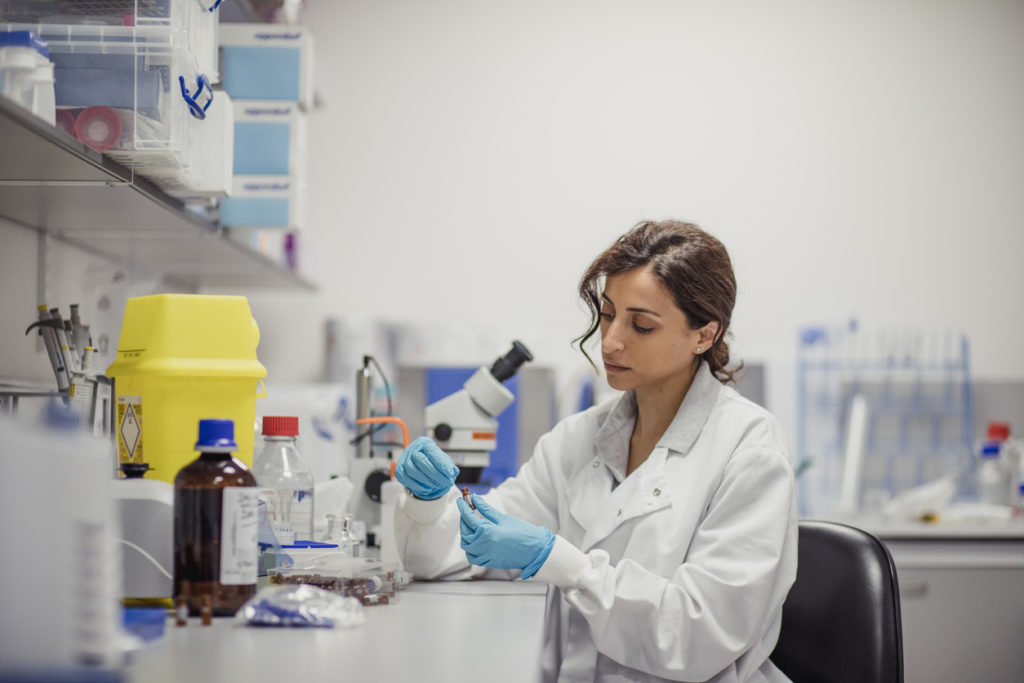Policy Roadmap for Research to Improve Diagnosis
The Path Forward
Laying the Groundwork for Maximal Impact of New Research Funding
A 2016 AHRQ Summit on Improving Diagnosis identified foundational needs to facilitate and catalyze research towards solutions, including the need to (1) create core diagnostic research services and teams to facilitate diagnostic research, (2) build capacity by training and developing a robust, highly-qualified diagnostic research workforce, and (3) establish valid operational measures of diagnostic error.
Key Barrier
Lack of research infrastructure
Lack of research workforce
Lack of operational measures
Key Facilitator
well-established centers around the country with strong leaders and a track record of diagnostic research success
strong national mentorship network for trainees through SIDM
2017 DHHS-funded National Quality Forum (NQF) report outlining a conceptual framework for developing diagnostic error measures
SIDM supports a three-pronged approach to leverage key facilitators to overcome these key barriers, as suggested by the recent AHRQ and NQF reports:
- Establish Research Centers of Diagnostic Excellence – These programs would create core resources and serve as central hubs for conducting critical diagnostic safety and quality research using transdisciplinary team science. Centers could be based on strategic partnerships that capitalize on capabilities of both academic research institutions and non-academic healthcare stakeholders to spark high-impact research on novel solutions to improve diagnosis. For example, an academic institution working on reducing emergency department missed vascular events and infections might partner with an emergency medicine professional society to implement and spread validated interventions; a health system with a unified electronic health record (EHR) that helps reduce diagnostic communication failures might partner with a standards-setting organization to disseminate new life-saving protocols; or an integrated healthcare provider/insurer might partner with a quality improvement organization on rapid-cycle operations improvement research in its network to apply learning health system principles to reducing harms from misdiagnosis.
- Support & Fund Diagnostic Fellowship Training Programs – These programs would cultivate, train, and develop early career scientists to expand the currently limited pool of diagnostic quality and safety researchers. They would build on existing training programs for research methods (e.g., clinical, health services, dissemination/implementation) and add core content for diagnosis.
- Develop and Validate Operationally-Viable Measures – A rigorous measure development process should be fostered and supported for potentially high-value measure types that matter to patients and are promising but need further research to be validated, as identified by the NQF expert panel, including diagnostic outcomes and adequacy of diagnostic communication with patients.
More from the SIDM Policy Roadmap:

Increasing Research Funding
Despite the fact that diagnostic error likely accounts for more patient harm than all other medical errors combined, federal investment in research to improve diagnosis amounts to about $7 million per year, or just .02% of the total $35 billion federal health research budget. See what we're doing to increase research funding.
